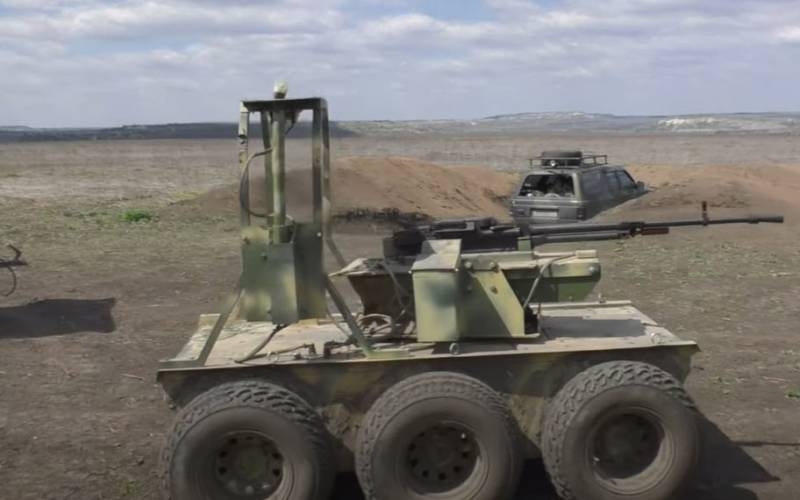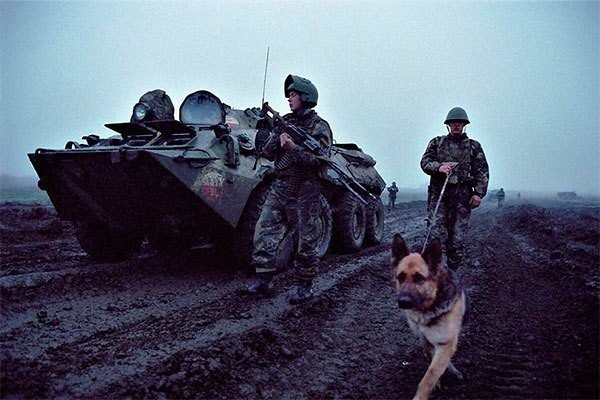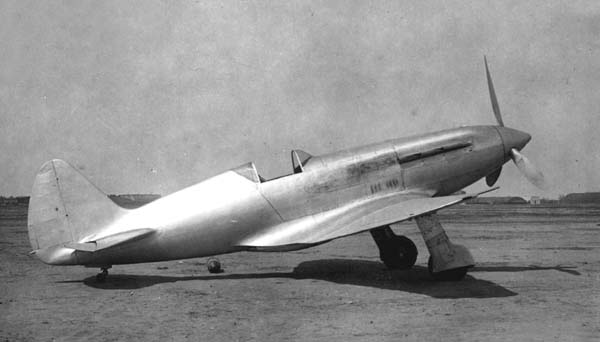
Quad TAL Maxim air cooled M-4
In the inter-war years, the Soviet military-theoretical thought correctly identified the trend in the development of aviation potential enemies of the Soviet Union and the related possible threats of air strikes by groups of troops and objects of the country's home front.
In case of war, in conditions of massive use of enemy air forces to provide combat capability and efficiency of logistics it was to air defense. Based on this, in the late 30's - early 40-ies in the Soviet Union has taken several measures to strengthen defense. Adopted were adopted 76.2-mm and 85-mm semi-automatic antiaircraft guns, 37-mm automatic gun, large-caliber anti-aircraft machine gun DSK, fighter planes of new designs of the Yak-1, Mig-1, MiG-3 and LaGG-3, first radar detection station EN-1 and EN-2. Air defense in those years is not divided on the country's defense and army air defense.
For the protection of groups of troops from enemy air strikes planned to use active air defense (fighter aircraft, flak, anti-aircraft guns and others.), shooting means (volley fire from rifles and carbines, fire light and heavy machine guns) and passive means (masking and dispersal of troops, the use of protective equipment area and its engineering equipment), as well as methods of stratagem (creating false groups, misinformation and m. P.).
The main means of combating enemy aircraft as part of combined arms units, parts and compounds were: in infantry battalions and regiments - anti-aircraft machine-gun platoon (Three LSD "Maxim") and anti-aircraft machine-gun companies (six LSD "Maxim" and three heavy machine guns DSHK); in infantry divisions - some anti-aircraft artillery battalions (two batteries of four guns MZA - eight 37-mm ZP and one NWA battery - four 76,2 mm CP); in shooting cases - some anti-aircraft artillery battalions (three batteries of four guns NWA - twelve 76,2 mm CP).
Total Infantry Division states have provided: eight 37 mm and four 76,2 mm guns, nine DShK, Twenty-four LSS "Maxim" (taking into account the division artchastey). These funds division at the front 10 km can create density 1,2 anti-aircraft guns and 3,3 anti-aircraft guns on 1 km front.
The armored and mechanized divisions have provided some anti-aircraft artillery battalions of the two batteries (NWA eight guns).
In addition to ground-based air defense, to cover groups of troops in all kinds of battle was planned to use part of the forces of fighter aviation field armies and fronts.
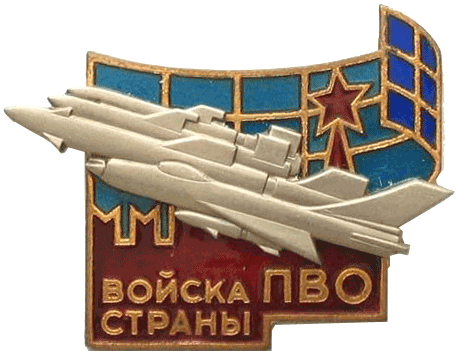
Breastplate "Army Air Defense"
In order to strengthen military air defense groups, were part of the combined arms, the main directions provided to use separate divisions RGC. All responsibilities for the organization of air defense forces on the eve of the war groups were assigned to the combined arms commanders. To cover from enemy air strikes major political and administrative, military and economic centers and other strategic objects of the USSR was formed rear connections, parts and units of air defense forces of the country: housing, division, Brigade, brigade areas, air defense regiments and divisions. compounds of defense (housing, division, brigade areas and teams) in its composition had different kinds of troops: antiaircraft artillery, anti-aircraft machine gun, barrage balloon, prozhektornыe and parts IMPORT. And the number of forces and means they had a different (depending on the connection and the importance of an object to hide behind). So, housing anti-aircraft artillery regiments - at 100 guns NWA, 12 MSA tools and 25 anti-aircraft guns; divisional anti-aircraft artillery regiments - at 36 or 24 NWA tools, 12 or 8 MSA tools, 27 or 18 anti-aircraft guns and other tools.
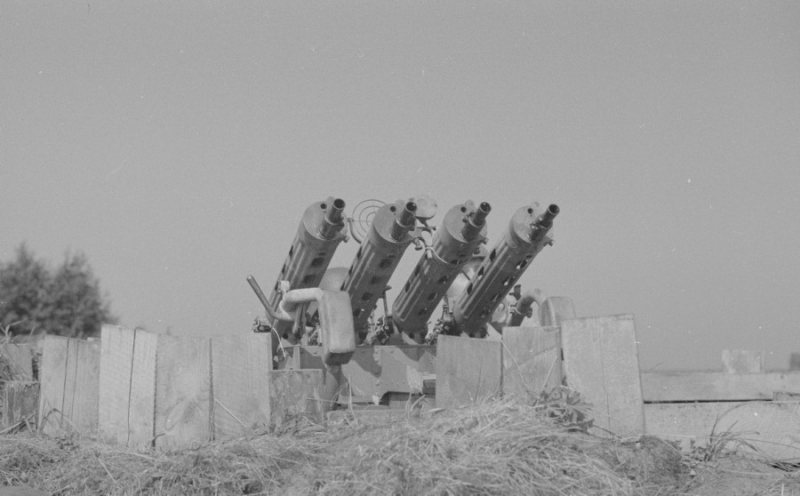
Quad TAL Maxim air cooled M-4
Total for this purpose as part of the air defense forces of the country there: Defense corps - 3, divisions - 2, air defense brigades - 9, separate anti-aircraft artillery regiments - 29, separate anti-aircraft artillery battalions - 109, regiments air warning - 35 and other parts and units. In them there 3329 guns NWA, 330 MSA tools, 650 anti-aircraft guns, 1500 antiaircraft searchlights, 850 barrage balloons and 45 radar.
Defense corps covered Baku, Leningrad and Moscow. Division of Air Defense - Kyiv and Lviv. Air Defense Brigade - Vilnius, Bialystok, Drogobic etc.. brigade districts were formed (Vitebsk, Baranovichi, Petrozavodsk, Vyborg, Luga, Yurievsky et al.). railway junctions, bridges, power, warehouses and other important strategic facilities covered some anti-air defense artillery battalions.
In addition to ground forces and air defense systems for the purposes of air defense centers and objects in the rear of the country have been isolated from the Air Force fighter forty-aircraft regiments, which had about 1500 aircraft. Moreover, in the Moscow area based 11 regiments, Leningrad - 9, Baku - 9, Kiev - 4, Riga, Minsk, Odessa, Krivoy Rog and Tbilisi - on one shelf and the Far East - 2 a shelf.
Said ground forces and air defense organization included in the VOP zone, which geographically coincide with the Military District territory (front). Air Defense Zone - operative association of Air Defense. Before the war, it was created in the Soviet Union 13 these zones (North, Northwest, West, Kiev, South, Moscow, Oryol, Kharkiv, North Caucasus, Transcaucasian, Central Asian, Siberian and Far East).
However, fighter aircraft, allocated for defense purposes, It was subordinate to no assistant district commander (front) in MLP (commander of the air defense zone), and the commander of the Military District Air Force (front).
Air Defense General Directorate, created before the war as part of the People's Commissariat of Defense, in charge of the overall planning, weapons accounting, combat training of the Air Defense Forces. Questions of operational and combat employment of air defense forces, object definitions cover and allocation for this purpose the necessary forces and means within the competence of the General Staff of the Red Army. It should be noted, that is fully equipped with air defense forces military equipment and weapons before the war could not be.
Gabriel Tsobehiya







